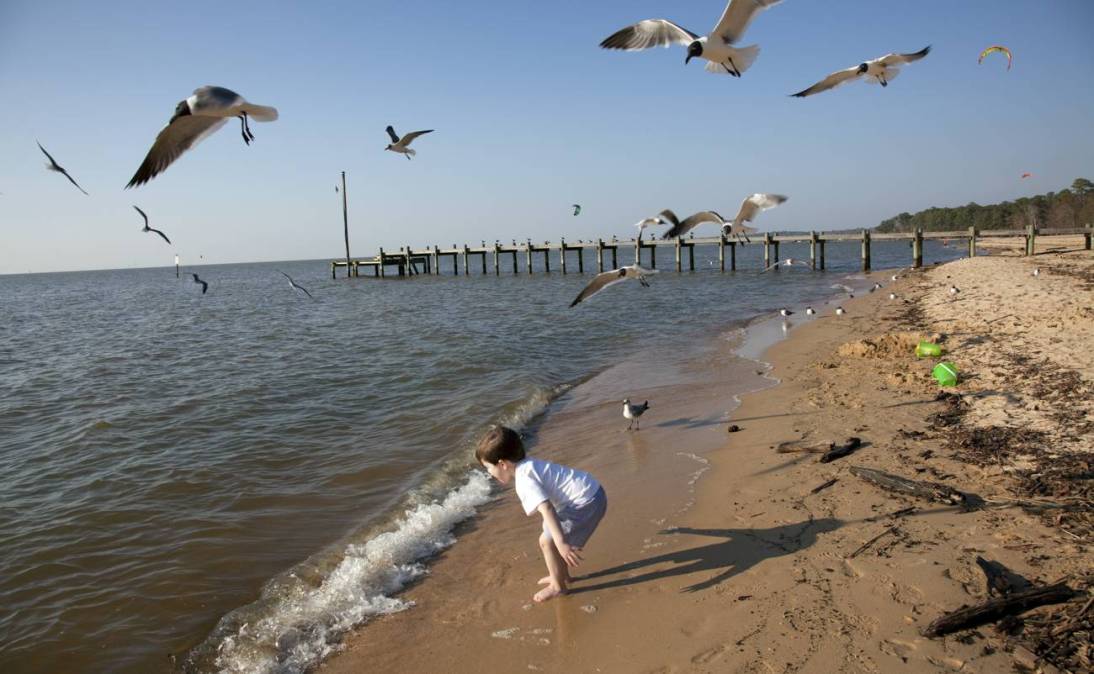Shark alert system to launch in Alabama after teen suffers attack

This week, Alabama Gov. Kay Ivey signed legislation creating a shark alert system for Baldwin and Mobile Counties, aiming to enhance public safety along the state’s Gulf Coast and bay areas.
The system, developed by Department of Conservation and Natural Resources, will notify beachgoers and first responders of shark sightings and attacks through wireless emergency alerts to mobile devices. It will alert on-duty first responders, including lifeguards, emergency medical services and law enforcement. It will also trigger beach flags to indicate when it’s unsafe to enter the water during active alerts.
First introduced in February, the new alert system comes after an Alabama teenager, Lulu Gribbin, lost her left hand and a portion of her right leg in a shark attack off the Florida Panhandle last year during a string of shark attacks, according to various news reports. Gribbin visited the statehouse last month where she urged lawmakers to pass the bill, saying she would not have gone in the water if she had known a woman had been bitten just a few miles away earlier in the day.
“This bill will help prevent future attacks,” Gribbin said during her testimony. “It’s like an Amber Alert when a child goes missing. It will send an alert when there has been a shark attack.”
Under the law, the owners of private beaches accessible to the public would also be obligated to participate in the alert system, set to take effect in October, with potential fines of up to $5,000 for non-compliance.
Alabama isn’t alone in establishing coastal-related alerts in recent months. The U.S. Coast Guard Sector Long Island Sound, which covers Long Island Sound from the New York-Connecticut border to the Connecticut-Rhode Island border, last month announced Aqua Alert, a pilot program designed to quickly notify the public about maritime emergencies like boating accidents or missing people.
Joshua Smarzo, a Coast Guard lieutenant and command center sector chief, told StateScoop that the number of emergency alerts reported via cell phone is increasing each year, so the pilot program, modeled after the Amber Alert system, makes sense.
“It’s our hope that by being able to message the public the same way that we would over the radio when there’s a maritime emergency, reaching people on their cell phones that are in that area will kind of increase the visibility of who can quickly get eyes on to report what’s exactly happening, or hopefully even be able to assist people,” Smarzo said.
According to the National Weather Service, many states with coastlines, including Alaska, California, Florida, Hawaii, Oregon and Washington, use the federal Wireless Emergency Alerts system to deliver attention-grabbing coastal emergency warnings directly to cell phones.






